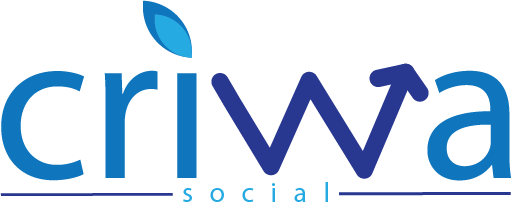Hockey, a thrilling and fast-paced sport, has captivated fans worldwide for generations. Whether you’re a novice or looking to refine your skills, learning to play hockey can be an immensely rewarding experience. From mastering basic techniques to understanding the intricacies of the game, here’s a comprehensive guide to help you embark on your hockey journey.
Understanding the Basics
Before stepping onto the ice, it’s essential to familiarize yourself with the fundamental aspects of hockey:
- Equipment:
Skates: Invest in a pair of well-fitting hockey skates that provide ankle support and maneuverability.
Stick: Choose a stick that matches your height and playing style. For beginners, a stick with a moderate flex and standard blade curve is recommended.
Protective Gear: Wear a helmet, shoulder pads, elbow pads, gloves, and shin guards to ensure safety on the ice.
- Ice Skating Skills:
Balance: Maintain a low center of gravity and bend your knees slightly to enhance stability.
Stride: Practice pushing off with one foot while gliding on the other to propel yourself forward efficiently.
Turning: Master basic turns such as the forward crossover and hockey stop to navigate the ice with agility.
- Rules and Positions:
Familiarize yourself with hockey’s rules regarding offsides, icing, penalties, and gameplay regulations.
Learn about different player positions, including forwards, defensemen, and goaltenders, and their respective roles on the ice.
Developing Essential Techniques
Once you’ve grasped the fundamentals, focus on honing essential hockey techniques:
- Stickhandling:
Control: Practice dribbling the puck while maintaining control using quick, precise movements.
Maneuvering: Learn to deke, toe drag, and protect the puck from opponents to retain possession in tight situations.
- Passing and Receiving:
Accuracy: Work on delivering crisp, tape-to-tape passes to teammates to facilitate fluid puck movement.
Anticipation: Develop the ability to anticipate passes and position yourself effectively to receive the puck with minimal disruption.
- Shooting:
Technique: Master different shooting techniques, including wrist shots, snap shots, and slap shots, to become a versatile scorer.
Accuracy: Aim for specific target areas of the net and practice shooting with precision under varying conditions.
- Defensive Skills:
Positioning: Learn to maintain proper defensive positioning to intercept passes, block shots, and thwart scoring attempts.
Stick Checks: Practice using stick checks to disrupt opponents’ advances and regain possession of the puck.
Game Strategy and Tactics
Understanding hockey’s strategic elements is crucial for success on the ice:
- Offensive Strategies:
Cycling: Implement cycling plays to maintain puck possession in the offensive zone and create scoring opportunities.
Screening: Utilize screens and deflections to obstruct the goaltender’s view and increase the likelihood of scoring.
- Defensive Tactics:
Backchecking: Emphasize the importance of backchecking to support the defense and prevent opponents from gaining momentum on counterattacks.
Shot Blocking: Demonstrate the willingness to sacrifice your body by blocking shots to protect your goaltender and preserve the lead.
- Power Play and Penalty Kill:
Power Play: Capitalize on numerical advantages during power-play opportunities by maintaining puck control and generating quality scoring chances.
Penalty Kill: Execute disciplined defensive strategies to neutralize opponents’ power plays and minimize scoring threats while shorthanded.
Continuous Improvement and Practice
Improving your hockey skills is an ongoing process that requires dedication and perseverance:
- Off-Ice Training:
Conditioning: Enhance your endurance, strength, and agility through off-ice workouts and cardiovascular exercises.
Stickhandling Drills: Practice stickhandling drills at home or in a non-ice environment to refine your puck-handling skills.
- On-Ice Sessions:
Skills Development: Attend clinics, camps, or team practices to receive professional instruction and guidance on improving specific aspects of your game.
Scrimmages and Games: Participate in scrimmage sessions and league games to apply learned skills in a competitive setting and gain valuable game experience.
- Mental Preparation:
Focus and Discipline: Cultivate mental toughness and maintain focus during games and practices to perform at your best under pressure.
Visualization: Visualize successful execution of plays and scenarios to enhance confidence and mental preparedness before stepping onto the ice.
Learning to play hockey is a fulfilling journey that encompasses skill development, strategic thinking, and a passion for the game. By mastering fundamental techniques, understanding game strategies, and committing to continuous improvement, you can unlock your full potential as a hockey player and experience the excitement of this exhilarating sport firsthand. So lace up your skates, grab your stick, and embark on an unforgettable hockey adventure!

